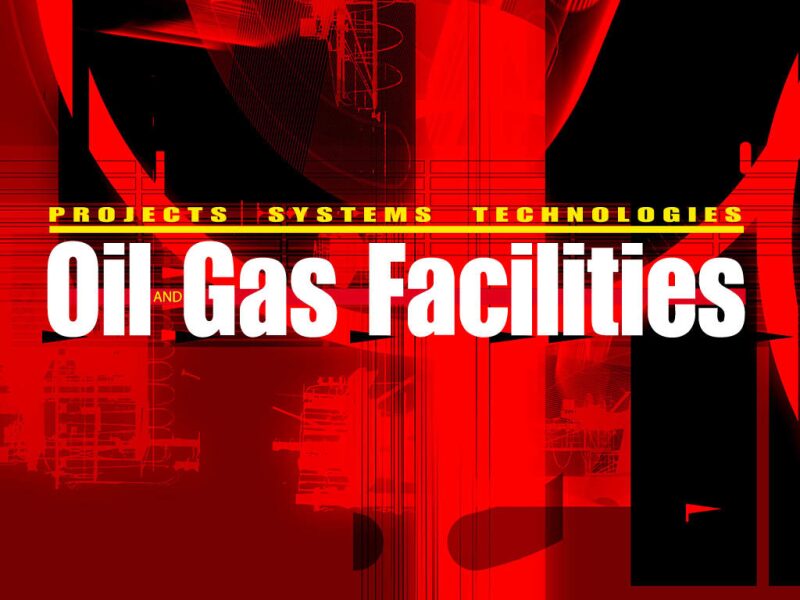Summary
The present work describes the development of a 1D steady-state isothermal reservoir/surface gas-pipeline-network model. The model was developed by combining the reservoir with surface-facility description parameters to capture effectively the variations in reservoir flow dynamics with changes in surface-network operating conditions. The developed model is an extension of the general pipeline-network model in which the deliverability from the wells is calculated in addition to the nodal pressures and gas flows in different pipe sections in the system on the basis of a set of operating conditions. Validation of the developed model was achieved through history matching with field data obtained from a currently operating gas-gathering and -transportation network in the northeastern USA. After successful validation, the model was used as a diagnostic tool to evaluate “what if” scenarios to identify the pressure and deliverability changes that can happen in the network. On the basis of the model predictions, recommendations were made to the operator in terms of total production, total sales, and fuel consumed by the compressors present in the network. This integrated-modeling approach helped in analyzing the system response as a whole and gave good insight into how the well shut-in pressures used in the model had a significant impact on the deliverability predictions.

